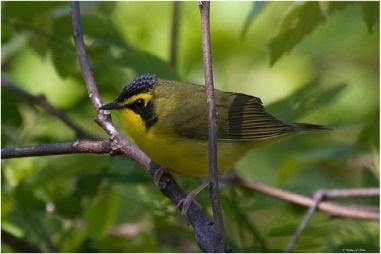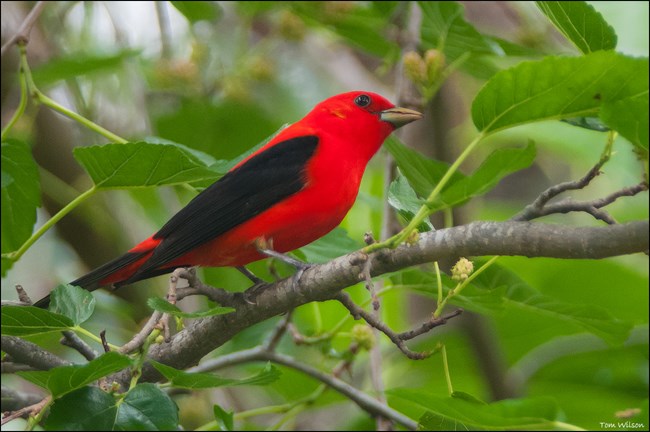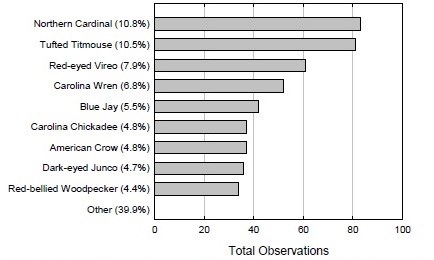
NPS Where Do I Find These Birds?Birds tend to favor tree lines near open areas, like fields. Check out Activity Area #1, #2, and #3 for prime spots to enjoy our winged friends. (In the link, type the area in the map's search box to get a detailed view of each activity area.) New to Birding?We've got you covered! Read through the NPS Birding for Beginners article. Then, explore the NPS Birds subject site. You'll be an expert in no time! What Birds Are in Your Park?Select "Birds" in the dropdown menu then click one of the blue list buttons. You will see the latest information on the birds (or other species) found at Kennesaw Mountain National Battlefield Park. See a bird in the park that's not on the list? Let a ranger know and we'll share it with our researchers! 
Credit: Tom Wilson Bird Research Brief in the State of the Park ReportKennesaw Mountain National Battlefield Park is at the southern end of the Appalachian Mountains and forest area. This makes it an attractive habitat for birds, especially during spring and fall migrations. As prime natural migration habitat that is critical for neotropical bird migrants (e.g., vireos, warblers), the park was designated a globally Important Bird Area in 2000, the first area designated in the State. An Avian Conservation Implementation Plan (ACIP) was prepared for your national park in 2005 (Watson 2005). The purpose of the ACIP was to help identify and prioritize bird conservation efforts and opportunities, and to guide successful implementation 
Credit: Tom Wilson of conservation activities. 
NPS State of the Park Report The NPS Southeast Coast Inventory and Monitoring Network (SECN) conducted a survey of landbirds in the park in 2009 and recorded total of 770 birds representing 60 species (see bar graph). Northern cardinal, Carolina wren, and tufted titmouse were the most widely distributed species at your park, found at 90 – 93% of sampling locations. A total of 25 priority species, as identified by Watson and Malloy (2006), were detected during the sampling effort, including Acadian flycatcher, brown-headed nuthatch, chimney swift, Cooper's hawk, Chuck-will's-widow, Eastern towhee, Eastern wood-pewee, hooded warbler, indigo bunting, mallard, Northern flicker, pine warbler, red-bellied woodpecker, red-headed woodpecker, red-shouldered hawk, summer tanager, white-eyed vireo, wood thrush, worm-eating warbler, yellow-billed cuckoo, and yellow-throated vireo. |
Last updated: September 27, 2021
